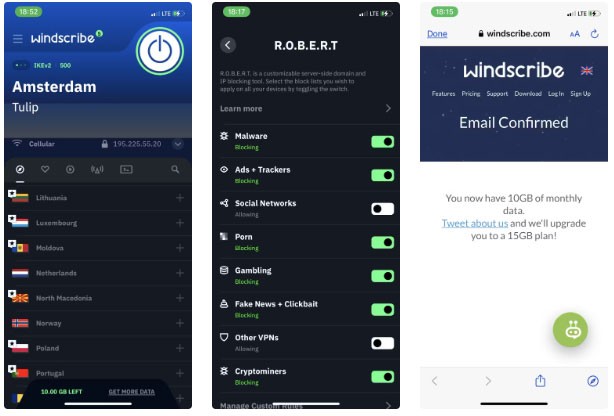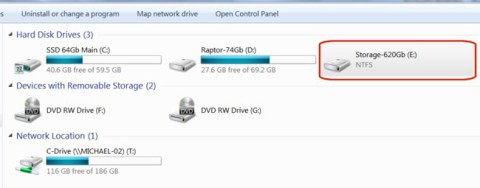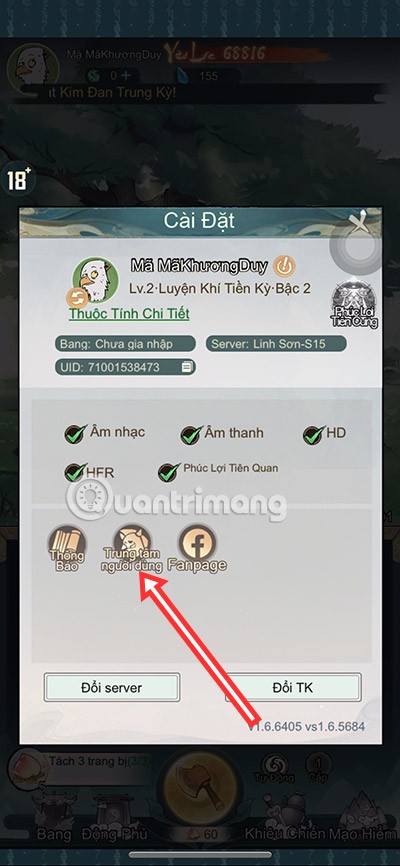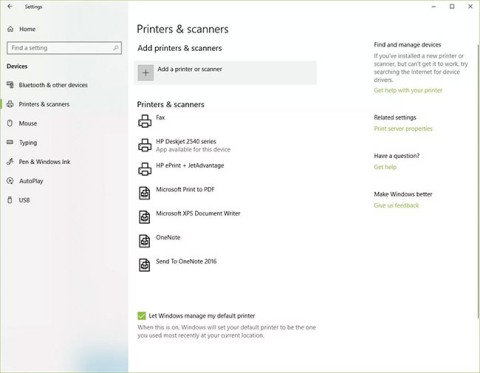The most commonly deficient nutrients in the diet

Diet is important to our health. Yet most of our meals are lacking in these six important nutrients.
After much fanfare, GitHub today officially announced a brand new product called GitHub Spark, along with updates to GitHub Copilot. GitHub Spark is essentially an AI-powered tool that allows anyone to create small web applications (sparks) using natural language, even without any programming or web application development knowledge.
GitHub describes GitHub Spark as follows:
It all starts with an idea. As kids, we have thousands of ideas—some silly, some crazy, some fun. Today, we’re introducing GitHub Spark, a product that’s born from fun ideas. Powered by natural language, it’s the foundation of our vision to help 1 billion people around the world become developers. This is fun, personal software, not an enterprise app.
GitHub Spark features interactive previews, revisions, automatic history, and model selection for development. Available from both desktop and mobile. Spark has three tightly integrated components:
Sparks created with GitHub Spark can be shared with others with read-only or read-write permissions. Users can choose from a variety of models, including Claude Sonnet 3.5, GPT-4o, o1-preview, and o1-mini.
In the coming months, GitHub will update GitHub Spark in the following aspects:
You can sign up for the GitHub Spark technical preview HERE. With GitHub Spark, creating and sharing small web applications is as easy as typing a simple sentence of text. This innovative tool has the potential to “democratize” software development and empower a new generation of makers.
Diet is important to our health. Yet most of our meals are lacking in these six important nutrients.
At first glance, AirPods look just like any other true wireless earbuds. But that all changed when a few little-known features were discovered.
In this article, we will guide you how to regain access to your hard drive when it fails. Let's follow along!
Dental floss is a common tool for cleaning teeth, however, not everyone knows how to use it properly. Below are instructions on how to use dental floss to clean teeth effectively.
Building muscle takes time and the right training, but its something anyone can do. Heres how to build muscle, according to experts.
In addition to regular exercise and not smoking, diet is one of the best ways to protect your heart. Here are the best diets for heart health.
The third trimester is often the most difficult time to sleep during pregnancy. Here are some ways to treat insomnia in the third trimester.
There are many ways to lose weight without changing anything in your diet. Here are some scientifically proven automatic weight loss or calorie-burning methods that anyone can use.
Apple has introduced iOS 26 – a major update with a brand new frosted glass design, smarter experiences, and improvements to familiar apps.
Yoga can provide many health benefits, including better sleep. Because yoga can be relaxing and restorative, its a great way to beat insomnia after a busy day.
The flower of the other shore is a unique flower, carrying many unique meanings. So what is the flower of the other shore, is the flower of the other shore real, what is the meaning and legend of the flower of the other shore?
Craving for snacks but afraid of gaining weight? Dont worry, lets explore together many types of weight loss snacks that are high in fiber, low in calories without making you try to starve yourself.
Prioritizing a consistent sleep schedule and evening routine can help improve the quality of your sleep. Heres what you need to know to stop tossing and turning at night.
Adding a printer to Windows 10 is simple, although the process for wired devices will be different than for wireless devices.
You want to have a beautiful, shiny, healthy nail quickly. The simple tips for beautiful nails below will be useful for you.













